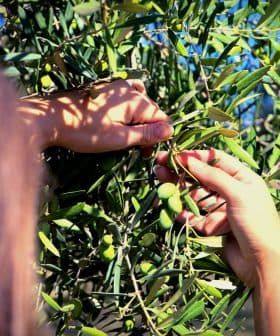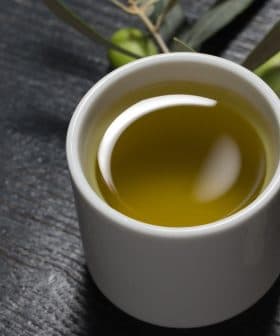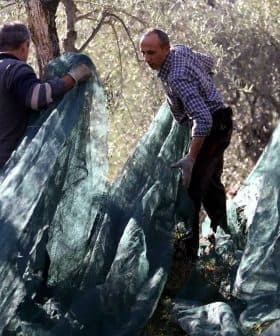Community Mills on The Rise in France
An ample harvest and high prices have led to a surge in activity and investments in community mills.
 Moulin du Pré Conduit (Photo: Moli D'Oli)
Moulin du Pré Conduit (Photo: Moli D'Oli) People in the South of France gather outside local olive mills from October to December to press their olives into fresh olive oil, with traditional methods still being used at some mills. The increase in patrons at local mills is partly due to a cultural shift towards valuing quality and traceability in food, as well as the high prices of olive oil in supermarkets compared to what can be found at the mills.
People filled baskets with olives from October to December in the South of France, eager to turn them into fresh olive oil. Thousands gather outside local olive mills in a celebratory atmosphere.
“It’s an annual tradition,” Alexandra Paris, the communications director at France Olive, a producers’ association, told Olive Oil Times. “It’s always been like that. Every year, independent customers, including families, who own olive trees go to olive mills.”
It cannot be denied that there has been a renaissance of the olive oil sector in France.
Among the mills is the 200-year-old Bargemon, managed by the Moli d’Oli association. It hosted crowds of people who had harvested olives from trees in their gardens and were eager to press their precious cargo into green gold.
“This harvest season has been extraordinary,” Catherine Pelissou, the association’s president, told Olive Oil Times. “Normally, we press about 70 tons of olives, but this year, we pressed 106 tons, making 15,000 liters of olive oil, nearly double the amount we are used to.”
See Also:Climate Change Leads Some Bordeaux Wine Producers to Plant OlivesWhile many producers with modern disk or hammer mills use the term ‘pressed’ to describe their olive oil production process rather than ‘crushed’ or ‘transformed,’ the Bargemon still uses the traditional pressing method.
“Even modern presses could not handle the demand,” Pelissou said. “Those who could not get a place with them came to me. Not that there was a particular preference — they were looking for a place, modern or not, to press their olives.”
“The wait time for oil from a traditional press is much longer,” she added. “It is seven hours for a press like mine and one hour for a modern press.”
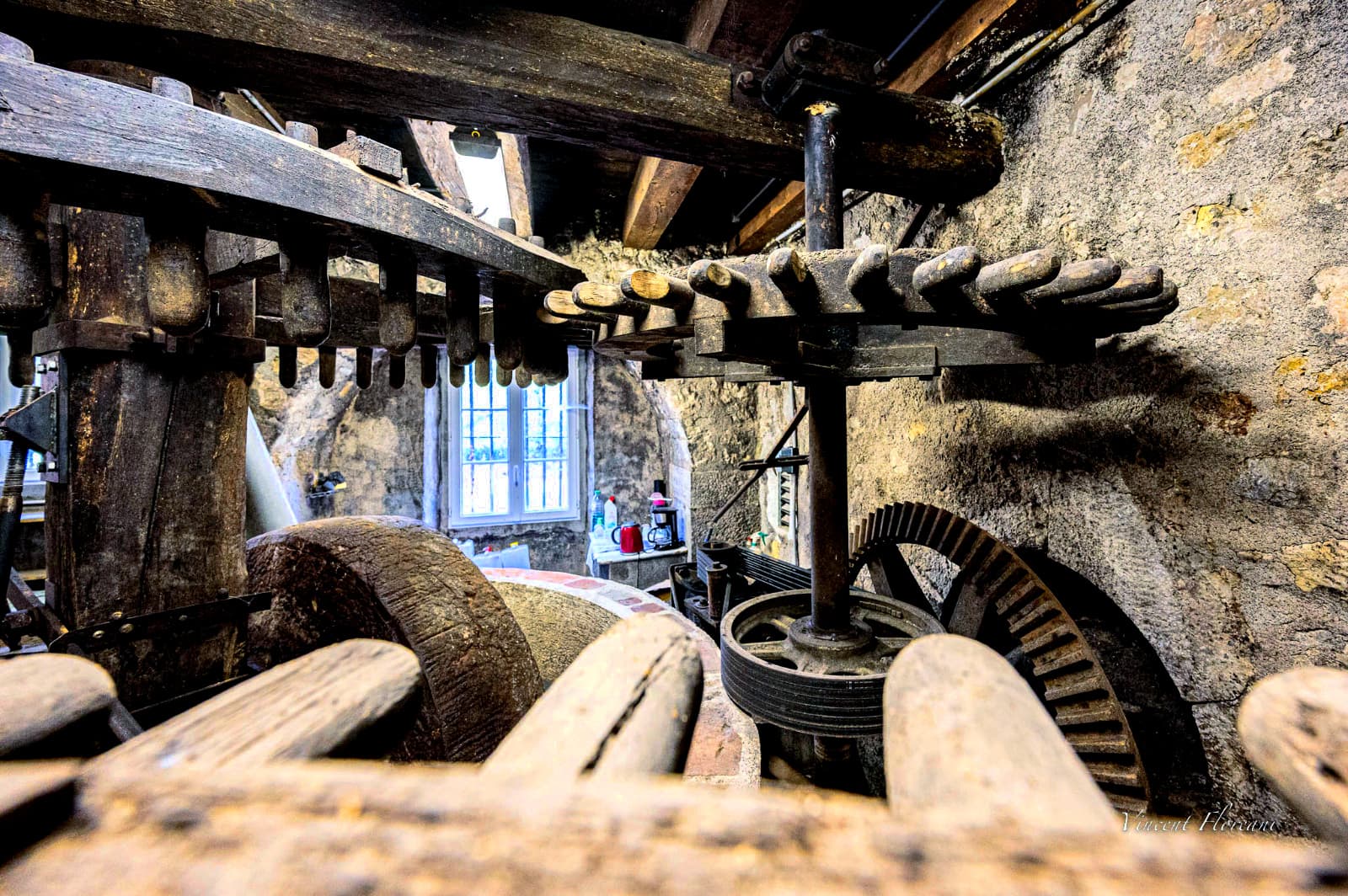
The traditional olive press at Moli D’Oli is in demand. (Photo: Moli D’Oli)
While France’s bumper harvest in the 2023/24 crop year, in which production is expected to rise to 4,400 tons, may partly explain the increase in patrons at local mills, Pelissou believes it is also due to a cultural shift.
“People have been highly motivated,” she said. “First of all, they do it for the pleasure and satisfaction of owning their own olive oil. Some even sell the excess produced, either through us or independently.”
“Second, people are becoming more conscious about the quality and traceability of what they eat,” Pelissou added. “Third, good olive oil is expensive. Supermarket prices are rising, and here in Var, where olives grow naturally, people are beginning to learn more about cultivation and how to press their own oil.”
Pelissou hopes to take advantage of this unusual moment of a bumper harvest paired with high prices in France to get more people involved with the sector.
She said the annual membership to the association is €10 with an additional charge of €0.50 to €0.60 per kilogram of olives milled, depending on whether the patron brings more or less than 100 kilograms.
“If the olives are green, it takes eight to nine kilograms of olives to make a liter of olive oil,” she said. “The taste is usually quite spicy for new olives. If the olives are older, it takes about four to five kilograms to make a liter of olive oil. The taste is softer than that of newer olives.”
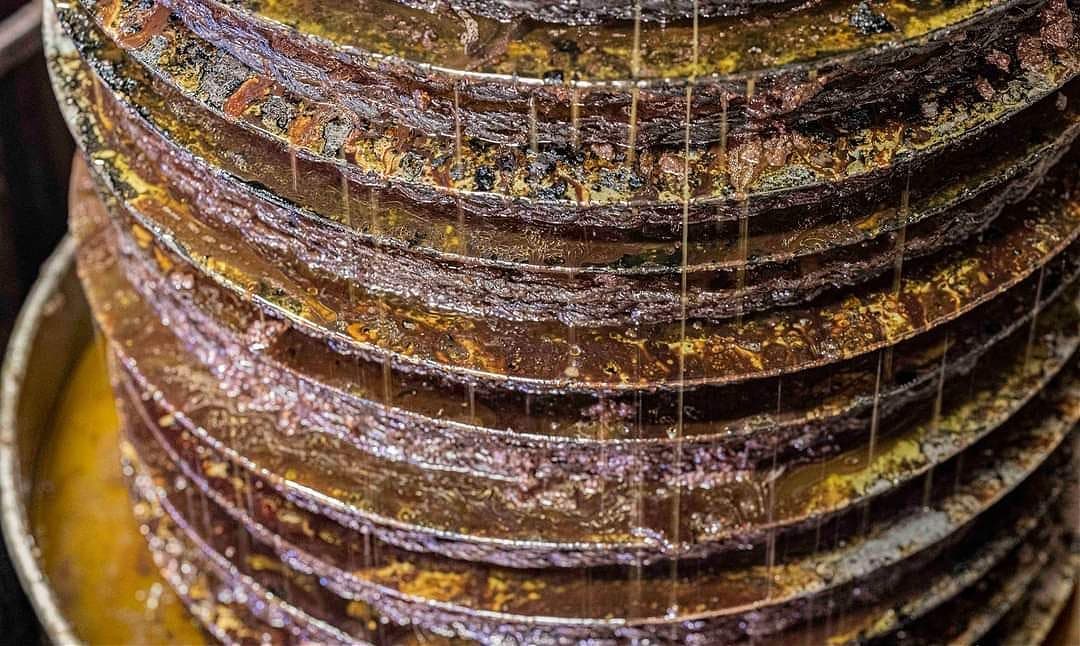
Despite the seven-hour wait, customers celebrate the transparency of the traditional mills. (Photo: Moli D’Oli)
“We are seeking investment into our mill and are hopeful to receive community support,” Pelissou added. “Investment in olive cultivation is growing in the region. For example, in Callas, a mill owned by the Bérenguier family for four generations recently invested in more than 1,000 olive trees. They do this because of growing demand.”
According to experts, people prefer to visit the mills for the traceability and quality of oil produced compared to what they can find in supermarkets.
However, now that olive oil prices at origin have reached record highs, with prices as high as €30 per liter for locally-produced extra virgin olive oil, it is unclear whether higher prices in supermarkets have impacted preferences to buy from the mills directly.
Another association president, Luc Poulain d’Andecy of Promolive, told local media that this harvest season, a liter of oil produced at his Caveirac mill cost €3.50 for each of his members. “An unbeatable price,” he said.
“Whether more people are going to olive oil mills now that olive oil prices are high isn’t clear since the data is still being collected,” Paris said. “It cannot be denied that there has been a renaissance of the olive oil sector in France recently. However, what appears to be more noticeable is that more olive presses appear to be accepting olives to turn into olive oil.”
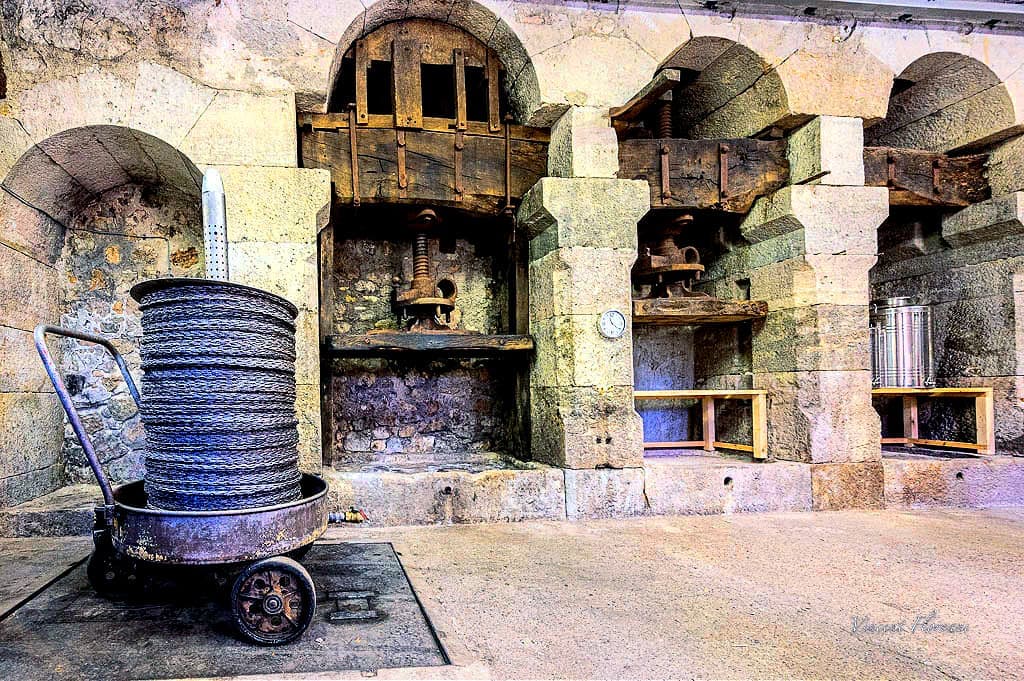
While not all of them are traditional presses, mills are opening their doors in the south of France to meet growing demand. (Photo: Moli D’Oli)
“There are indeed more olive oil presses than there were 15 years ago, and they have transformed the sector,” she added.
Indeed, several new olive mills were created last year and appear to be thriving.
Mas Miger oil mill in Alès-Anduze launched in October 2023 and has already gained traction. The three owners are investing €350,000 in constructing a new 400 square-meter building and €200,000 in a new production line.
Meanwhile, Bernard Saïn established the only olive mill in Gironde in October 2023. His olive mill is “the only one in the region” and has attracted people “from Dordogne, Lot-et-Garonne and castles who had planted them to look pretty and who, until now, watched the olives fall.”
“Production of these olive oil mills is primarily in the southwest of France,” Paris said. “It’s not localized, however. They are just popping up, mushrooming across the region. Their numbers have doubled, going from 105 in 1995 to 315 today. About 50 are run by co-ops, while the rest are privately owned.”
Share this article




